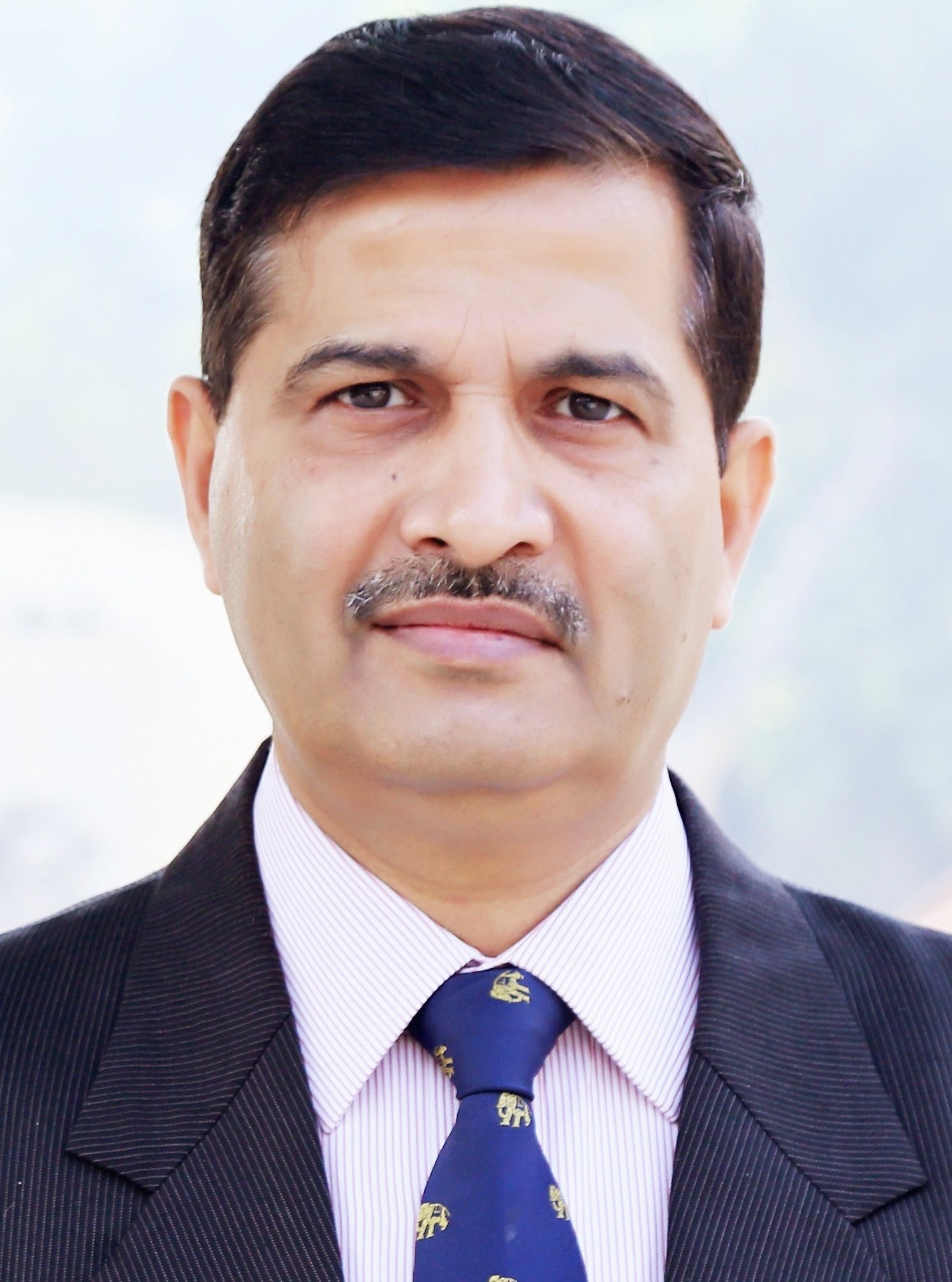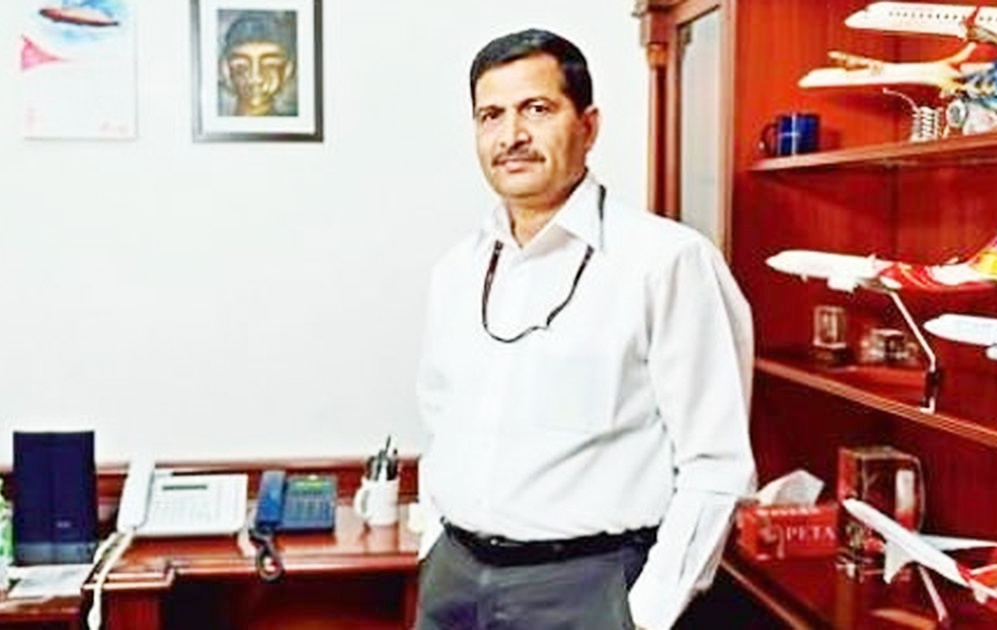Merger of Railway cadres definitely not like the ill-fated merger of Air India and Indian Airlines that pushed Air India into the abyss
Railways bites the bullet: Merging its departmental cadre is a bold reform, but must be handled carefully
This is what happened at Air India and we are still suffering. While the intent is good, the proof of the pudding will always be in the eating
Ashwani Lohani*

The recent decisions on railway reforms – including the one to merge eight different cadres of officers into one vertical – are a belated yet bold move, if handled well.
Bold because different governments have appointed different committees to look into issues related to reforming the railways and several ideas emerged, yet no government bit the bullet.
Bold also because while most of the committees spoke about merger on functional lines only one, the Debroy committee, gave a specific recommendation, that of merger of cadres into two verticals – one technical and one non-technical.
Indian Railways is a solid institution, regularly reinventing itself over the last 167 years of its existence. The gigantic railway system of our nation, the largest organisation on the planet, is a fine symbol of deliverance. But it also can and needs to do much better.
Both improvement in services and expansion of infrastructure need to keep pace with the aspirations of a nation on the move.
Railway officers are often accused of rabid departmentalism. It is true that railways is organized on departmental lines with each department having a cadre of its own. While having departmental bias in an organisation that has more than one department is but natural and acceptable, this is only so to the extent that departmental priorities and loyalties do not overshadow those of the organisation.
Currently, only those limited number of officers who occupy divisional railway manager and then general manager level positions, are exposed to the working of the entire railway system, and that too for brief periods.
The proposed merger logically should address this anomaly. The fundamental issue with the railways is not the multiplicity of departments.
Different departments are needed for focussed and specialised attention to technical and other issues like HR and Finance.
Staying lifelong in one department may strengthen technical expertise but not managerial and leadership qualities, while also resulting in a narrowly constricted vision even at higher levels where awareness of the bigger picture, openness to new ideas and thoughts, and leadership qualities are required.
Railways had been mulling over reforming itself since the last two and a half decades. A number of committees, namely the Prakash Tandon Committee of 1994, Rakesh Mohan committee of 2002, Sam Pitroda committee of 2012, Sreedharan committee of 2014 and the Debroy committee of 2015, talked about the pressing need to reform railway structures.
They also recommended elevating the chairman Railway Board from the present status of first amongst equals to a clearly defined chief executive officer, and also about reorganising the Board on functional lines.
The scenario where the world’s largest organisation did not have a clearly identified CEO will now change, thereby changing the tenor of the organisation.
Merger of cadres will open the gates to achieving excellence and encouraging innovation, provided the exercise is handled well, and definitely not like the ill-fated merger of Air India and Indian Airlines that pushed Air India into the abyss.
Mergers are all about amalgamation of seniority groups, in this case about amalgamation of eight different seniority groups into one, which is easier said than done.
It is also about affecting the aspirations of individuals, most of them bright in the case of railways, aspirations that if not handled well would lead to grouses that can last the entire service career and in the process seriously dent the organization.
This is what happened at Air India and we are still suffering. While the intent is good, the proof of the pudding will always be in the eating.
The implementation of these decisions, especially the merger of cadres would have to be taken forward very carefully, taking sensitivities and job requirements into full consideration.
The framing of guidelines and rules for implementing the merger should be finalised through a consultative process and not rushed through.
And the CEO should be given a fixed term of at least three years for effectively implementing measures for improvements and growth.
DISCLAIMER : Views expressed above are the author’s own.
(*The writer, currently CMD/AirIndia, is former Chairman, Railway Board)
Courtesy: TOI


